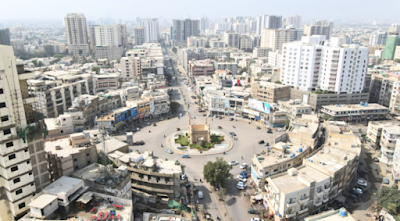Place: Soltaniyeh, Iran
Weather: Mostly sunny in the morning, thunderstorms in the afternoon, 59/84F.
Route: From Bisotun 362 km NNE on route 48 and route 47.
Significance: It was the capital of the Mongol founded Ilkhanid dynasty in the 14th century. It is most famous for the mausoleum of Olyaytu built in the early 14th century.Website: UNESCO World Heritage Site
Images:
The mausoleum of Olyaytu (from whc.unesco.org)Interior of the mausoleum of Olyaytu (from whc.unesco.org)















































